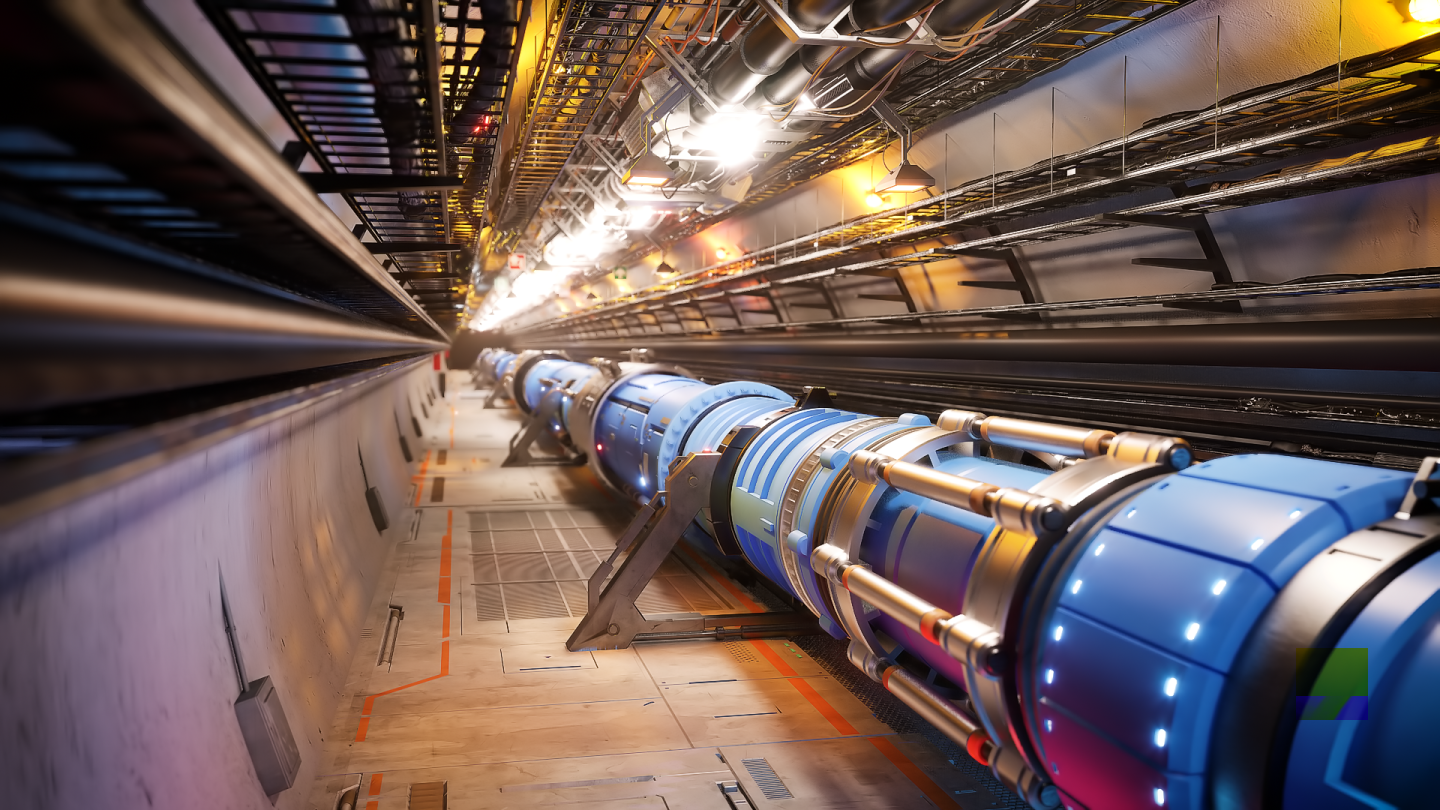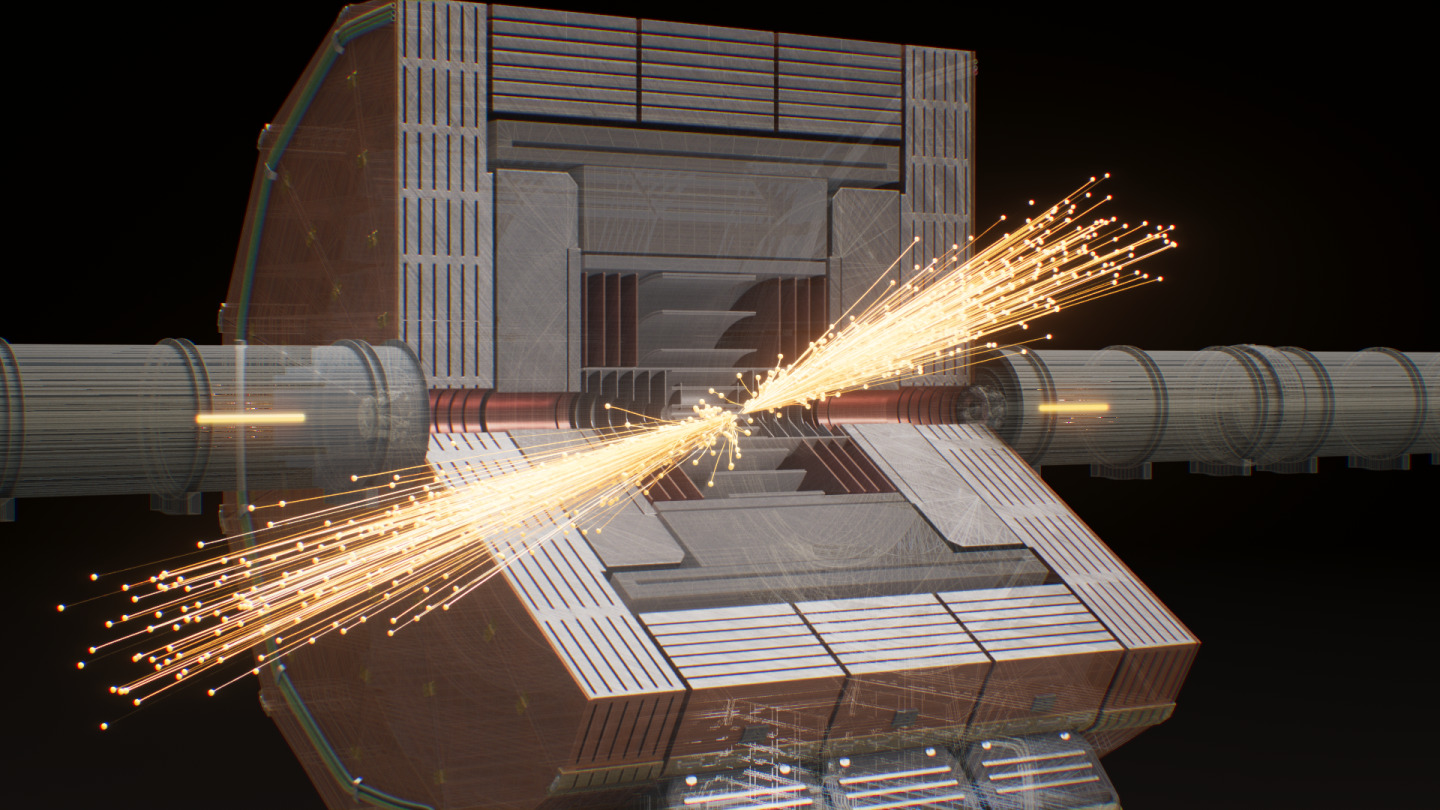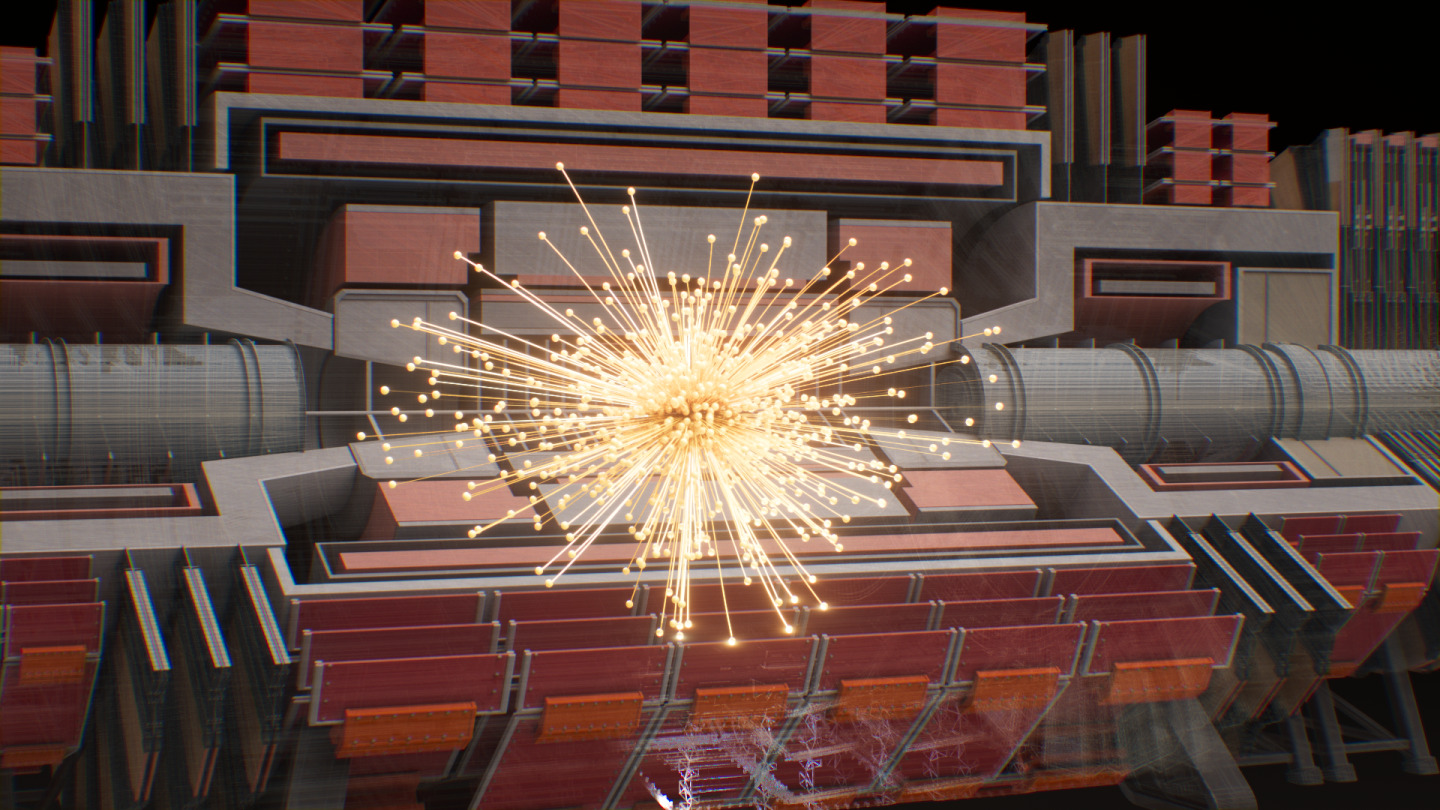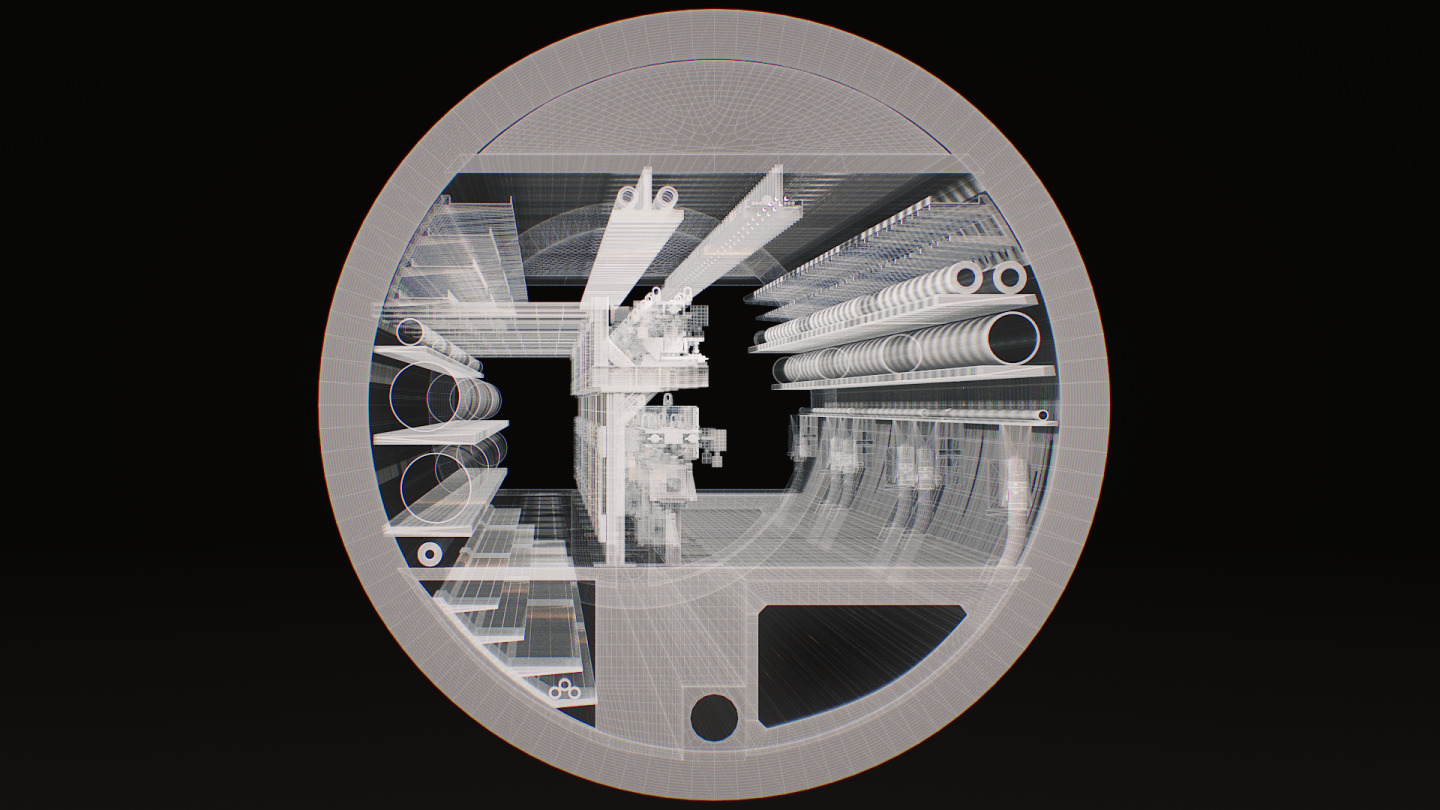In 2012, the ATLAS and CMS experiments at the LHC discovered the Higgs boson – the quantum excitation of the Higgs field that permeates the Universe. Through the interaction of other particles with this field, they get their mass. The Higgs boson was the last missing piece in the Standard Model of particle physics, which describes all known elementary particles and their interactions, except for gravity. The SM, however, does not provide answers to many fundamental questions of nature such as
- What is dark matter?
- How can the observed matter-antimatter asymmetry be explained?
- Where does the structure of the SM come from?
The Higgs boson is at the centre of most of these open questions in particle physics. Its study, thus, is of monumental importance in deepening our understanding of the fundamental aspects of our Universe.
The Future Circular Collider (FCC) project
The Future Circular Collider (FCC) is a proposed particle accelerator to advance our understanding of nature. It envisions a new 91 km-long circular collider ring poised to succeed the LHC as the next multi-generational international facility for particle physics research.
Scheduled to start about 2045, FCC-ee will produce intense collisions of electrons and their positive partners, the positrons. FCC-ee will produce millions of clean collisions with Higgs bosons, allowing us to study the Higgs boson with superb precision. Beyond the Higgs, FCC-ee also serves as a hub for top quark, electroweak and flavor physics.
UZH developments towards FCC
The FCC group at UZH is driving the development of the future experiments at this next-generation collider, focusing on the following key areas:
-CERN.png)



